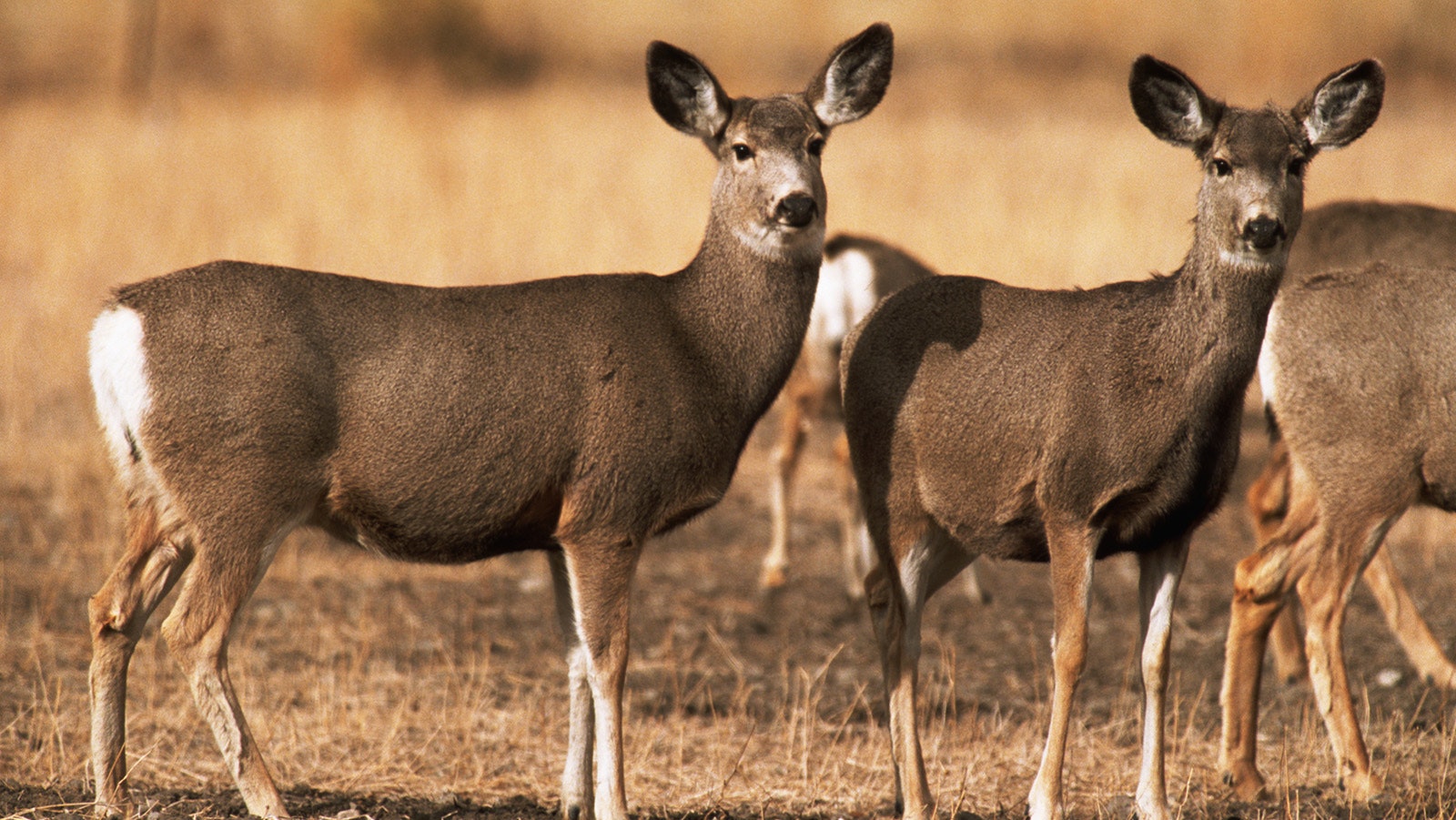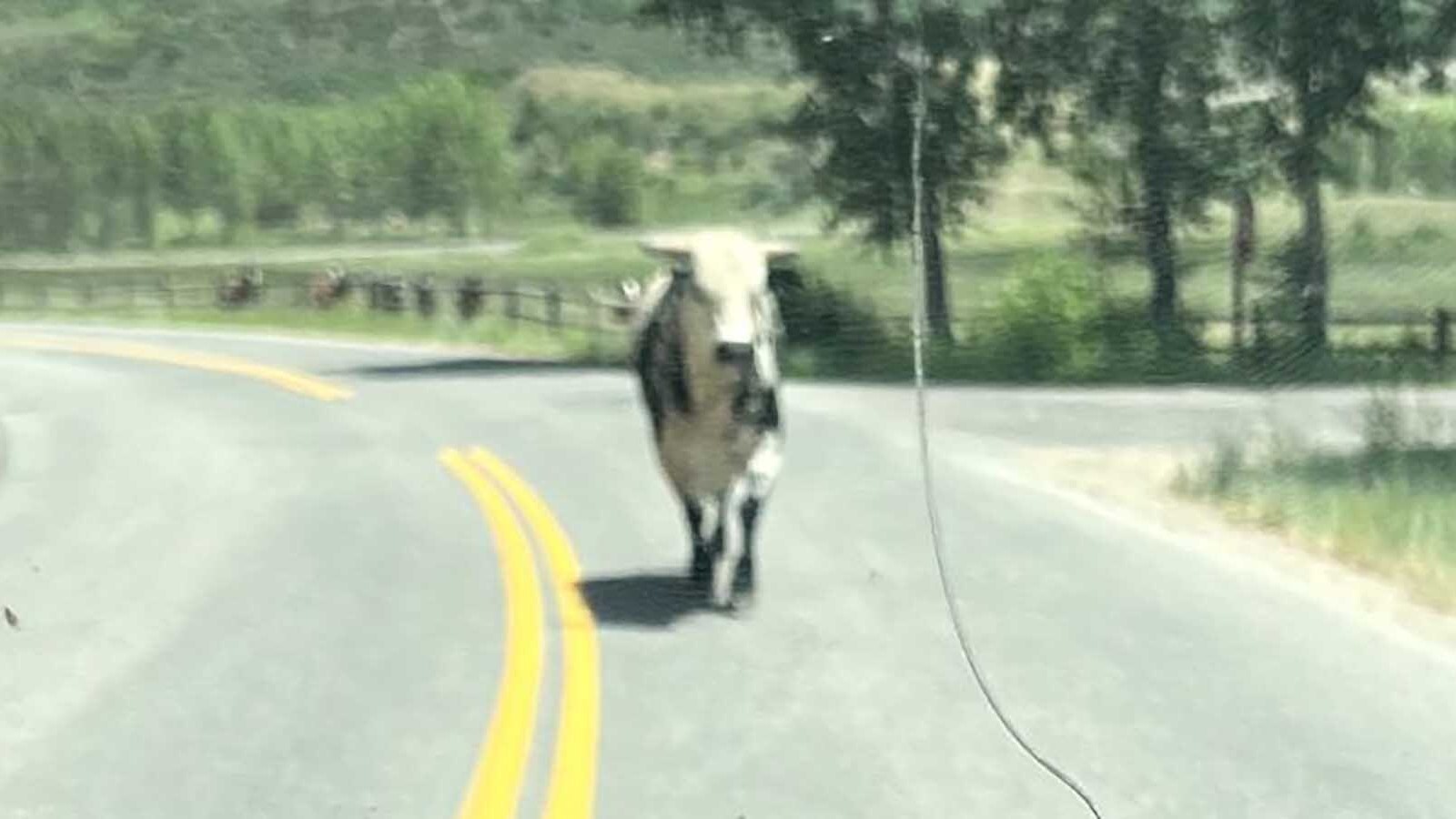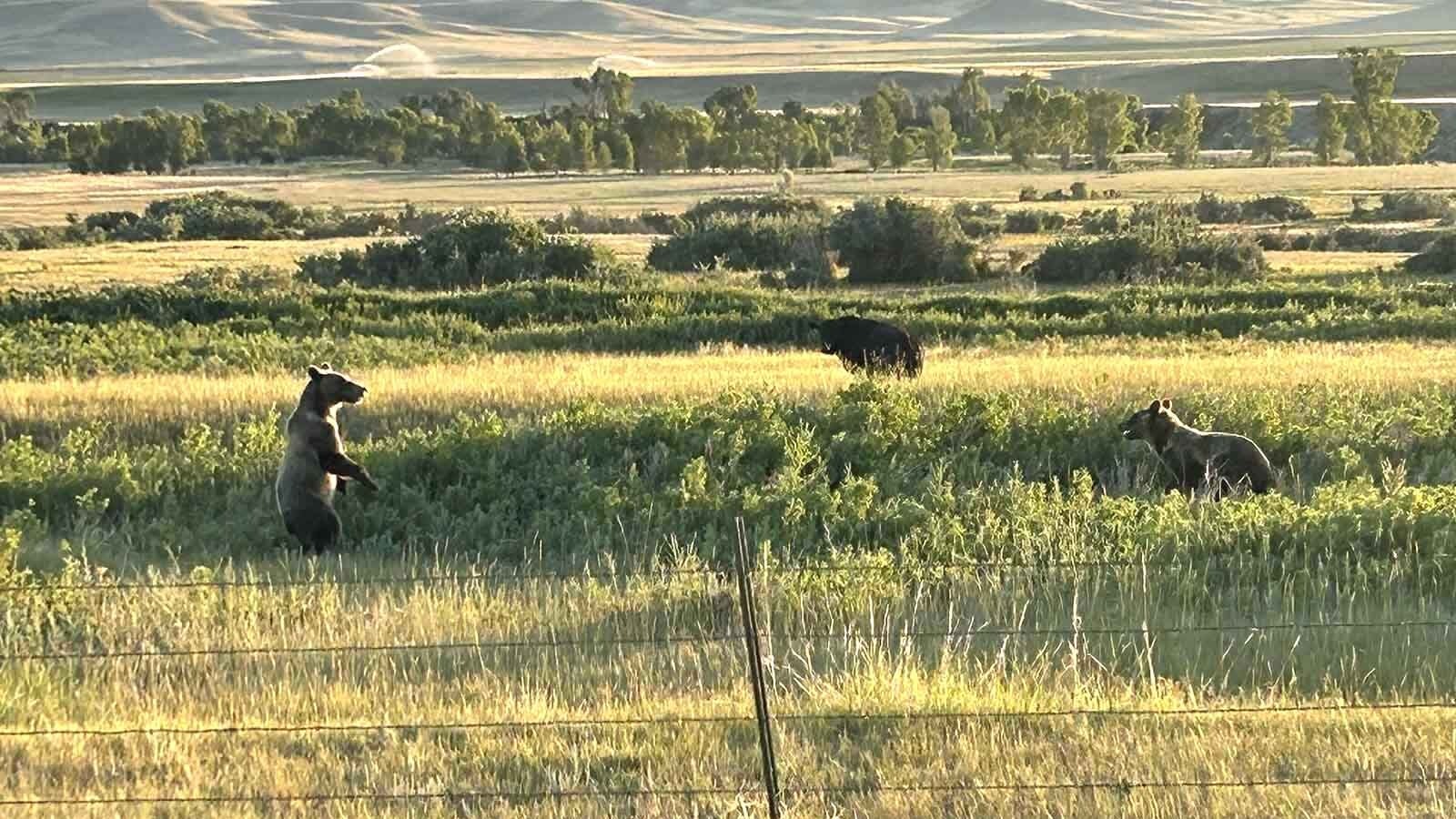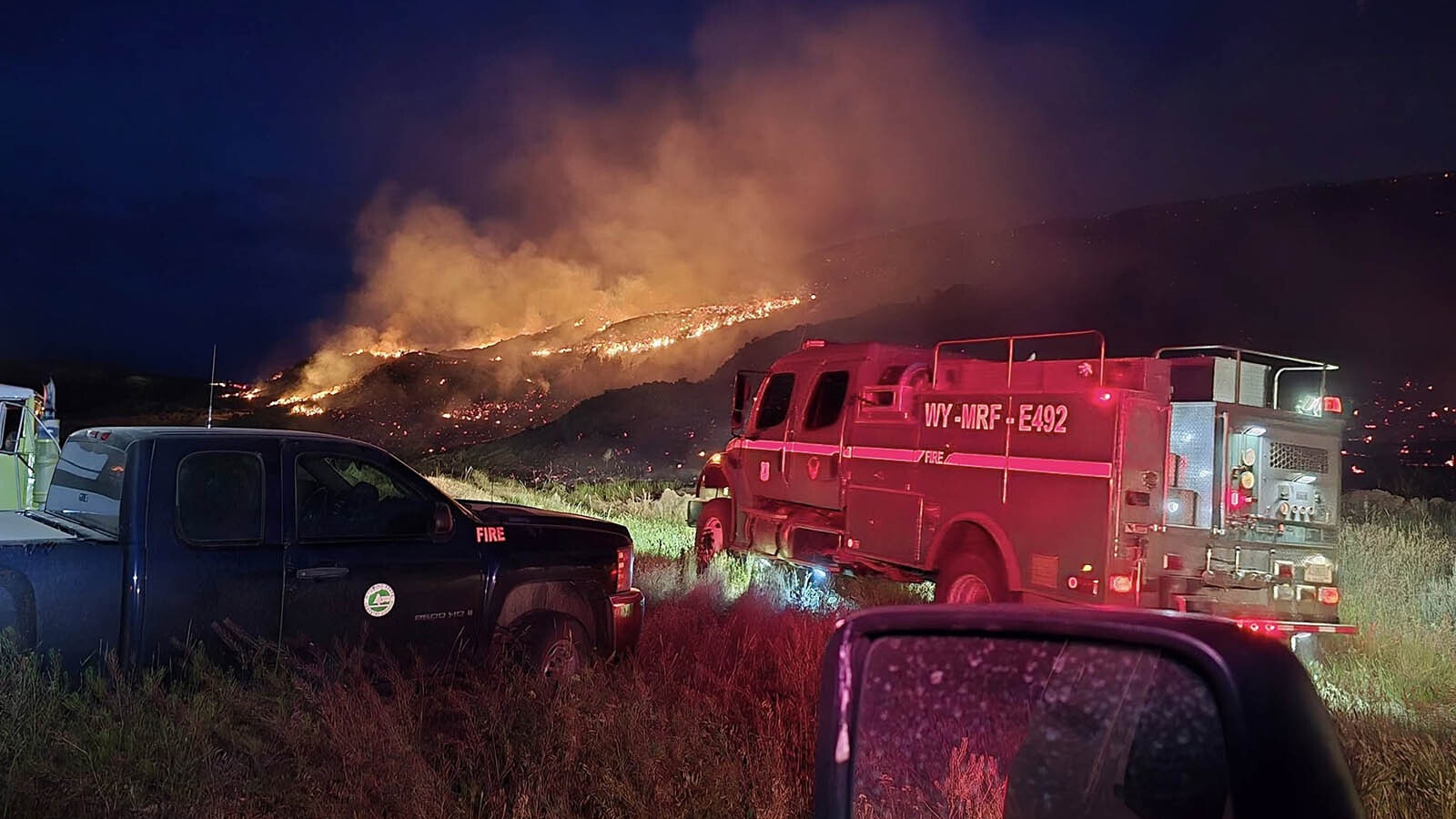The first confirmed case of chronic wasting disease in Yellowstone National Park was recently detected in the carcass of a Wyoming mule deer buck.
It’s likely that the disease will spread to other animals in Yellowstone.
“There unfortunately is no effective strategy to eradicate chronic wasting disease once it is established,” Park Service Public Affairs Officer Morgan Warthin told Cowboy State Daily.
Deer Came From Wyoming
Wyoming Game and Fish Department agents captured the buck near Cody in March and fitted it with a GPS tracking collar as part of a mule deer population and migration study.
The collar signaled that the buck died in mid-October, according to the Park Service. After a search by Game and Fish and park personnel, the buck’s carcass was found on the Promontory, a landmass between the South and Southeast arms of Yellowstone Lake. Samples taken from the carcass later tested positive for CWD.
Fatal To Deer, Elk, Moose
CWD is a contagious, fatal disease that infects members of the deer family, including mule deer, whitetail deer, elk and moose. It’s caused by a malformed protein, called a prion, and is spread by close contact between animals. It can also linger in animal feces, soil or plants.
It attacks animals’ brains and nervous systems, and some of its symptoms include lethargy drooling, odd behavior and emaciation.
CWD has been spreading across Wyoming since the 1980s, taking its heaviest toll on mule deer herds.
There are no documented cases of CWD spreading to humas, but Game and Fish and the Centers for Disease Control and Prevention recommend that hunters not eat the meat from infected animals.
Next Steps
To keep a handle on if and how rapidly CWD might spread in Yellowstone’s wildlife, the National Park Service will “increase collaboration and information sharing” with Wyoming Game and Fish and other wildlife agencies, Warthin said.
It will step up the monitoring of deer, elk and moose for CWD symptoms, and also increase the collection of samples from carcasses for testing, she added.
Mark Heinz can be reached at mark@cowboystatedaily.com.





